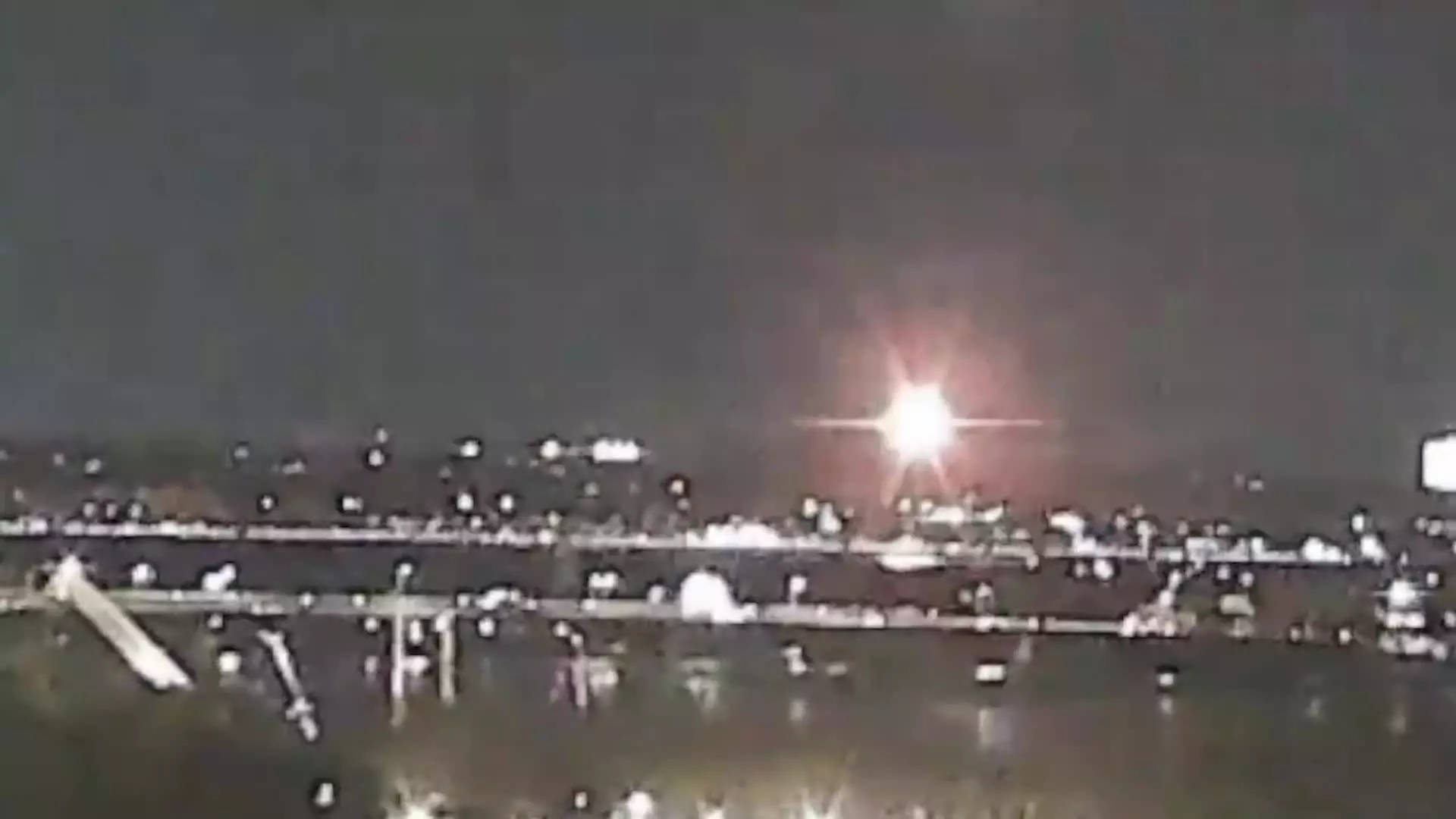The collision between a military helicopter and an American Airlines regional jet on a fateful Wednesday night has shattered the illusion of infallible aviation safety that many have come to trust. For the first time in over fifteen years, commercial air travel in the United States has faced a disaster of such magnitude, resurrecting fears that had long been quelled by the thorough safety measures adopted in the industry. American Eagle Flight 5342, which was making its descent towards Ronald Reagan Washington National Airport, was carrying 64 individuals when it struck a U.S. Army Black Hawk helicopter. Witnesses and local officials soon grappled with the grim reality that multiple fatalities were imminent.
The incident highlights the fragility of air travel safety, a concept that has only recently been taken for granted. The airliner, a Bombardier CRJ700 operated by PSA Airlines, exemplifies the advances made in regional flying. Yet in a matter of moments, this technological marvel was upended as it descended towards tragedy. The heart-wrenching scenes of rescue operations attempting to salvage lives from the frigid Potomac River underscored the urgent challenges faced by emergency responders amid harsh weather conditions. Those who witnessed the chaotic recovery efforts reported overwhelming sentiments of helplessness and disbelief.
In light of these harrowing events, it is essential to reflect on the recent history of airline safety in the U.S. The last recorded incident that resulted in fatalities from a commercial aircraft crash was way back in February 2009 when Continental Flight 3407 tragically ended lives and disrupted the air travel landscape. That particular disaster prompted significant regulatory responses aimed at enhancing pilot training and rest requirements. As aviation technology advanced, stringent safety protocols became the norm, making fatal accidents increasingly rare. The stark reminder of tragedy brings to the forefront the question of how far we are willing to go to ensure the safety of commercial aviation.
The catastrophic consequences of the midair collision reverberate profoundly, echoing the sentiments of fear and uncertainty towards air travel. Expert commentary reinforces this notion, with voices like Jeff Guzzetti, a distinguished former air safety investigator, proclaiming the relative safety of aviation. Despite Guzzetti’s reassurances, the depth of the loss raises pressing concerns. As society grapples with the psychological toll of this event, the marks on our collective memory may forever alter perceptions toward air travel.
Investigations are, understandably, central in the aftermath of any air disaster, and this case is no exception. The National Transportation Safety Board (NTSB) is set to lead a meticulous inquiry, with involvement from the Federal Aviation Administration and other stakeholders, including American Airlines and labor unions. Such investigations typically involve a thorough examination of air traffic control communications, crew training records, and cockpit voice data, which may take months to conclude. The eventual findings will be crucial in identifying any faults or lapses that may have contributed to this catastrophic event.
The unfolding investigation takes on a greater significance, as it also presents complications for the administration of President Donald Trump, who is just settling into his new role. The absence of a permanent FAA leader at this critical juncture raises additional questions about the federal commitment to pursuing the directives tailored for aviation safety enhancements laid out in 2023. While the endeavor to minimize “close calls” at airports and streamline operations is paramount, the timing and readiness of oversight bodies become increasingly crucial in the face of such extreme circumstances.
The recent midair collision is not merely an isolated incident but a sobering reminder of the ever-present risks intertwined with air travel. While aviation safety has made remarkable progress over the decades, this tragedy is a wake-up call for regulators, industry leaders, and the public. It underscores the need for continual vigilance and adaptation in the wake of change, recognizing that every precaution taken is a step towards protecting lives. As the investigation continues, it is imperative stakeholders remain resolute in their commitment to safety, forging a path forward that safeguards the future of air transport in a world where tragedies can still strike without warning.

